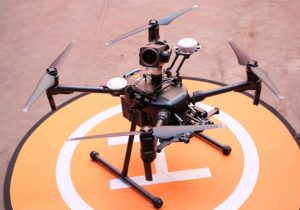
New technologies such as drones, climbers and robot arms are rapidly entering the marine survey and inspection arena. And, in turn, major classification societies are embracing the so-called Remote Surveying Techniques for their class surveys. If you are looking for the reasons why, it is easy to answer – safer and less intrusive surveys!
Without requiring confined space entry, Remote Surveying Techniques are considerably less expensive than other methods. Likewise, they’re far safer than traditional methods of inspection that involve sending inspectors/surveyors into unsafe conditions. Analytically, the pros of Remote Surveying Techniques in conjunction with class surveys are as follows:
– improve efficiency of inspection techniques
Continue reading “Remote surveying techniques are on the rise”










